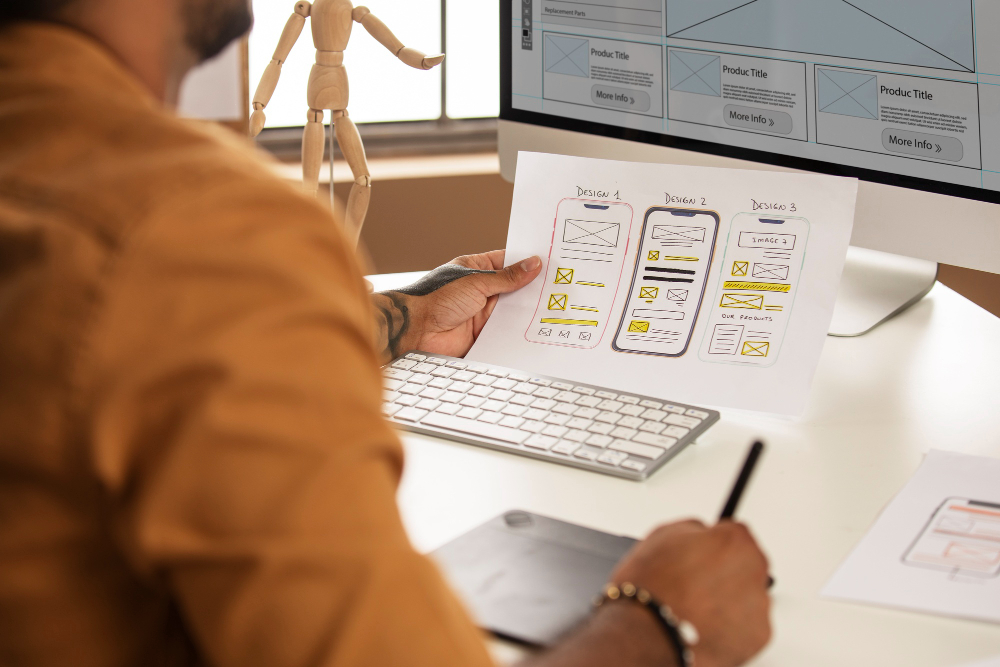Why Every Designer Needs to Understand User Experience (UX)
Why Every Designer Needs to Understand User Experience (UX)

In today’s design landscape, aesthetics alone aren’t enough. User Experience (UX) design is crucial for creating work that’s not only beautiful but also functional, user-friendly, and effective. Whether you’re a graphic designer, web designer, or Art Director, understanding UX principles can elevate your work and ensure it connects with your audience.
1. Design With Purpose
At the heart of UX is intentionality—every design choice must serve a purpose. UX principles emphasize solving user problems, guiding interactions, and ensuring functionality. A stunning interface won’t matter if the user struggles to find essential information or complete a task.
For example, a clean and simple layout can improve navigation, while clear call-to-action buttons (CTAs) make it easier for users to interact with a website or app.
2. The User Comes First
The core of UX is empathy. Designers need to put themselves in the users’ shoes:
- Who is using this design?
- What are their needs and frustrations?
- How can the design solve their problems seamlessly?
Tools like user personas, journey maps, and usability testing help designers align their work with real-world needs. By prioritizing the user, designers create experiences that are intuitive and engaging.
3. Visual Hierarchy Enhances Usability
Good UX design uses visual hierarchy to guide users’ focus. Typography, spacing, contrast, and color help organize content in a way that feels natural and easy to digest.
For instance, a bold headline followed by smaller subtext ensures users quickly grasp the message. UX design avoids visual clutter, keeping designs functional and clean.
4. Consistency Builds Trust
Consistency in design creates familiarity, which builds user trust. Whether it’s a website, app, or marketing collateral, consistent visual elements (colors, fonts, and button styles) improve the experience. Users should feel confident navigating without confusion or surprises.
5. Testing Is Key
Design isn’t perfect on the first attempt. Testing designs with real users reveals problems and highlights areas for improvement. Simple tweaks—like changing button placement or increasing font size—can significantly enhance the experience. Tools like A/B testing, heat maps, and surveys ensure decisions are driven by data, not assumptions.
UX design is about creating meaningful connections between users and products. By integrating UX principles into your workflow, you ensure that your designs not only look great but also deliver value, making you a more versatile and impactful designer.

